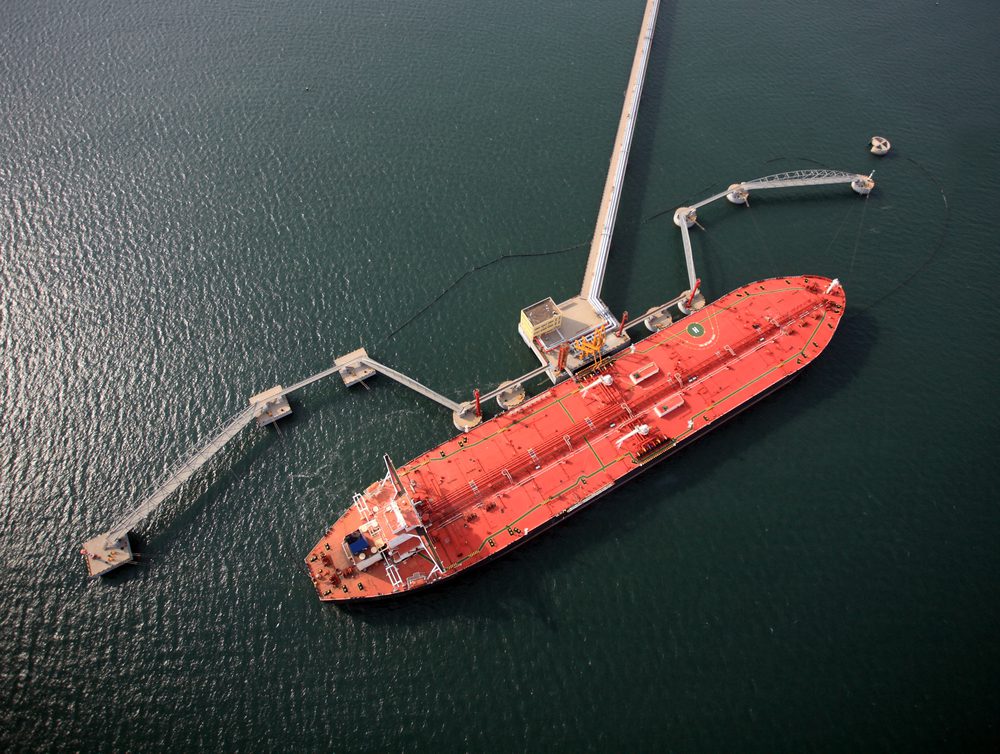Global trade is projected to recover in 2024, bouncing back from a downward trend seen in 2023, according to a new report from the United Nations Conference on Trade and Development (UNCTAD).
The UNCTAD’s latest update indicated that global trade shrunk by 3% in 2023 compared to 2022, a record-breaking year that saw trade reach $32 trillion. The decline in goods was more significant at 5%, representing a $1.3 trillion drop. Meanwhile, the services sector demonstrated resilience, recording an 8% increase from the previous year, amounting to $500 billion.
The last quarter of 2023 marked a noticeable shift from earlier quarters, with both merchandise and services trade stabilizing. Trade growth was observed in developing nations, particularly within African, East Asian, and South Asian regions.
The report also highlighted a divergence in trade performance between developing and developed countries. While major economies generally experienced a decline in merchandise trade throughout 2023, certain outliers such as Russia demonstrated significant trade volatility. By the end of 2023, trade in goods saw growth in several major economies, including China and India, but declined for Russia and the European Union.
In 2023, developing countries saw trade decrease by approximately 4%, whereas developed countries faced a larger decline of around 6%. South-South trade, representing commerce between developing economies, saw an even more pronounced decline of about 7%. However, these trends reversed in the last quarter of 2023, with developing countries and South-South trade showing growth, while trade in developed countries remained steady.
Geopolitical tensions continued to shape bilateral trade flows in 2023, with Russia reducing its trade dependence on the EU in favor of China. The interdependence between China and the United States also decreased further.
Regarding sectors, most industries saw declines in trade value, with exceptions such as pharmaceuticals, transportation equipment, and motor vehicles. On the other hand, sectors like apparel, chemicals, and textiles faced significant declines. Most sectors rebounded in the last quarter of 2023, except for apparel.
Looking ahead to 2024, data from the first quarter of the year suggests a continued improvement in global trade. Factors such as moderating global inflation, improving economic growth forecasts, and increasing demand for environmental goods, especially electric vehicles, are expected to boost trade.
However, the report warns that geopolitical tensions and supply chain disruptions continue to pose significant risks and require ongoing monitoring. Security issues in the Red Sea and the Suez Canal, along with climate-related effects on water levels in the Panama Canal, could increase shipping costs, lengthen voyage times, and disrupt supply chains.

 Join The Club
Join The Club










